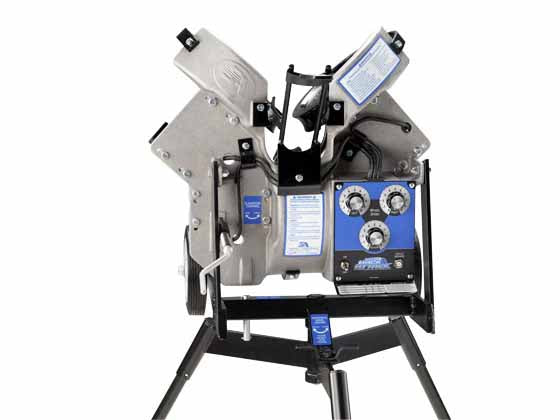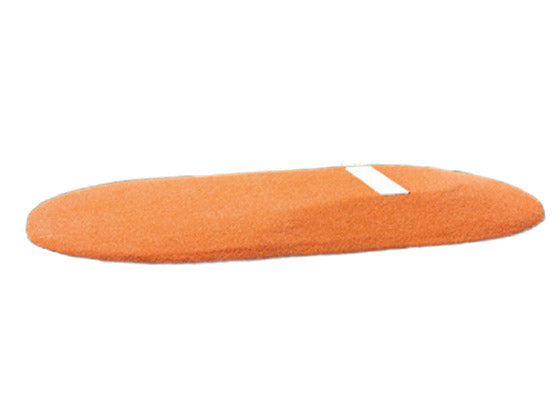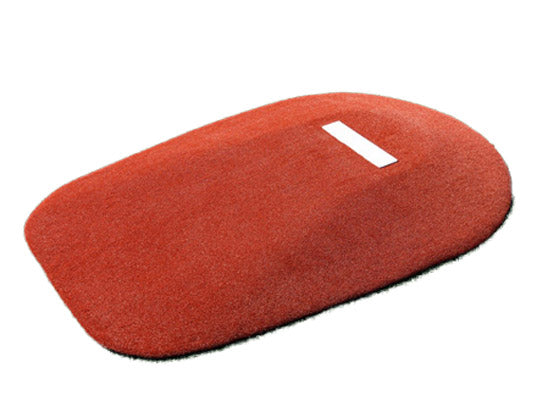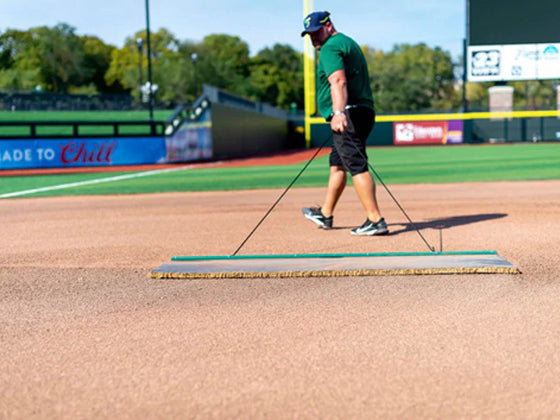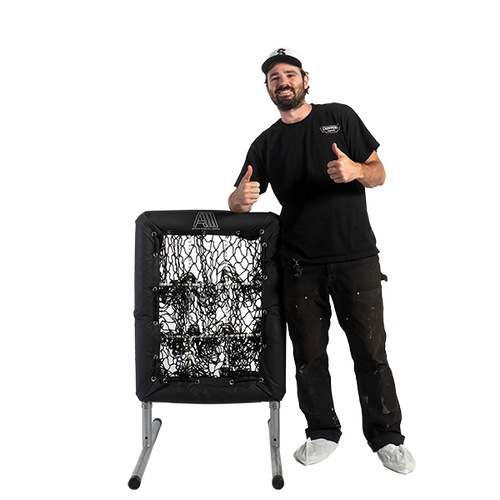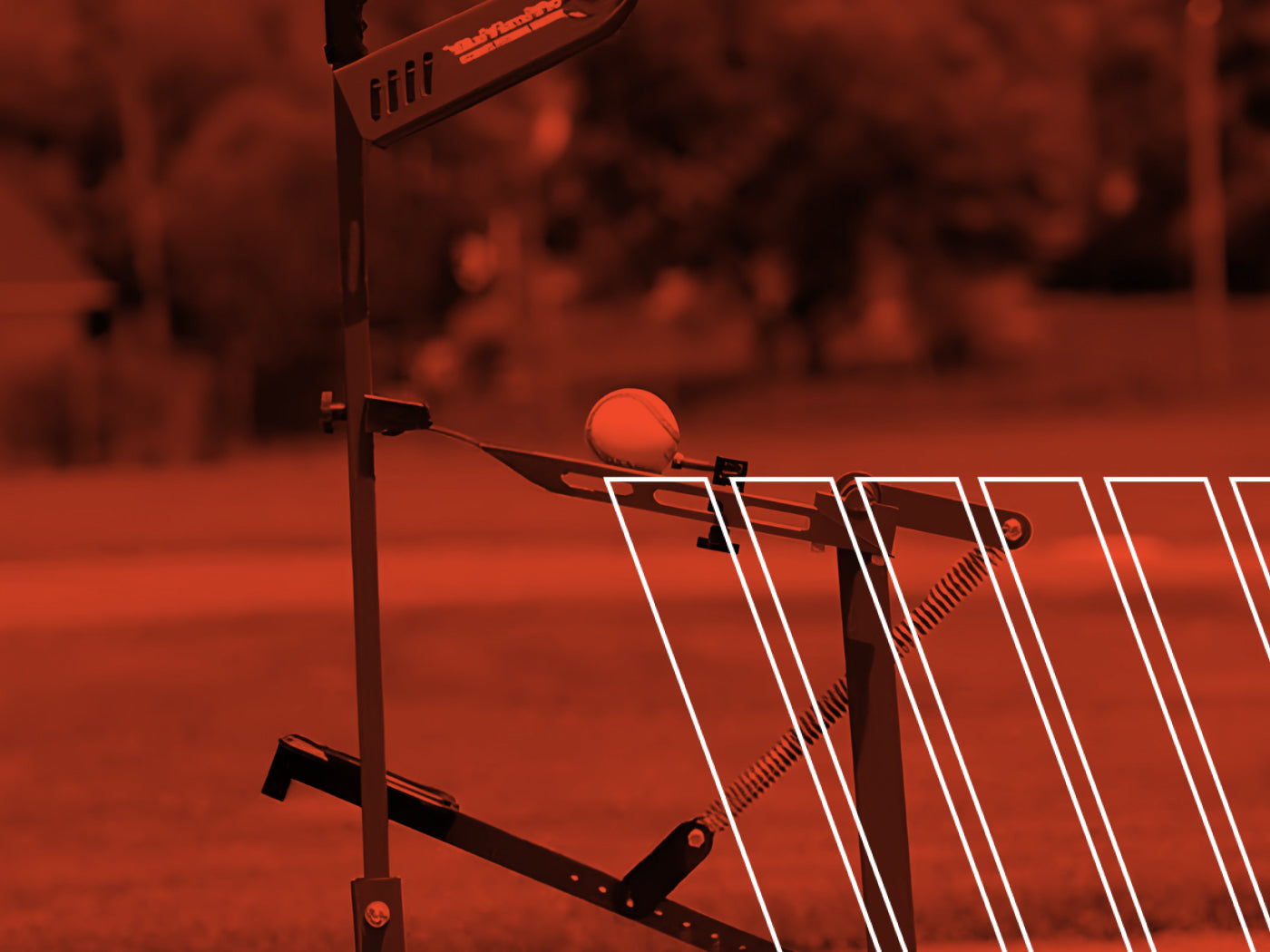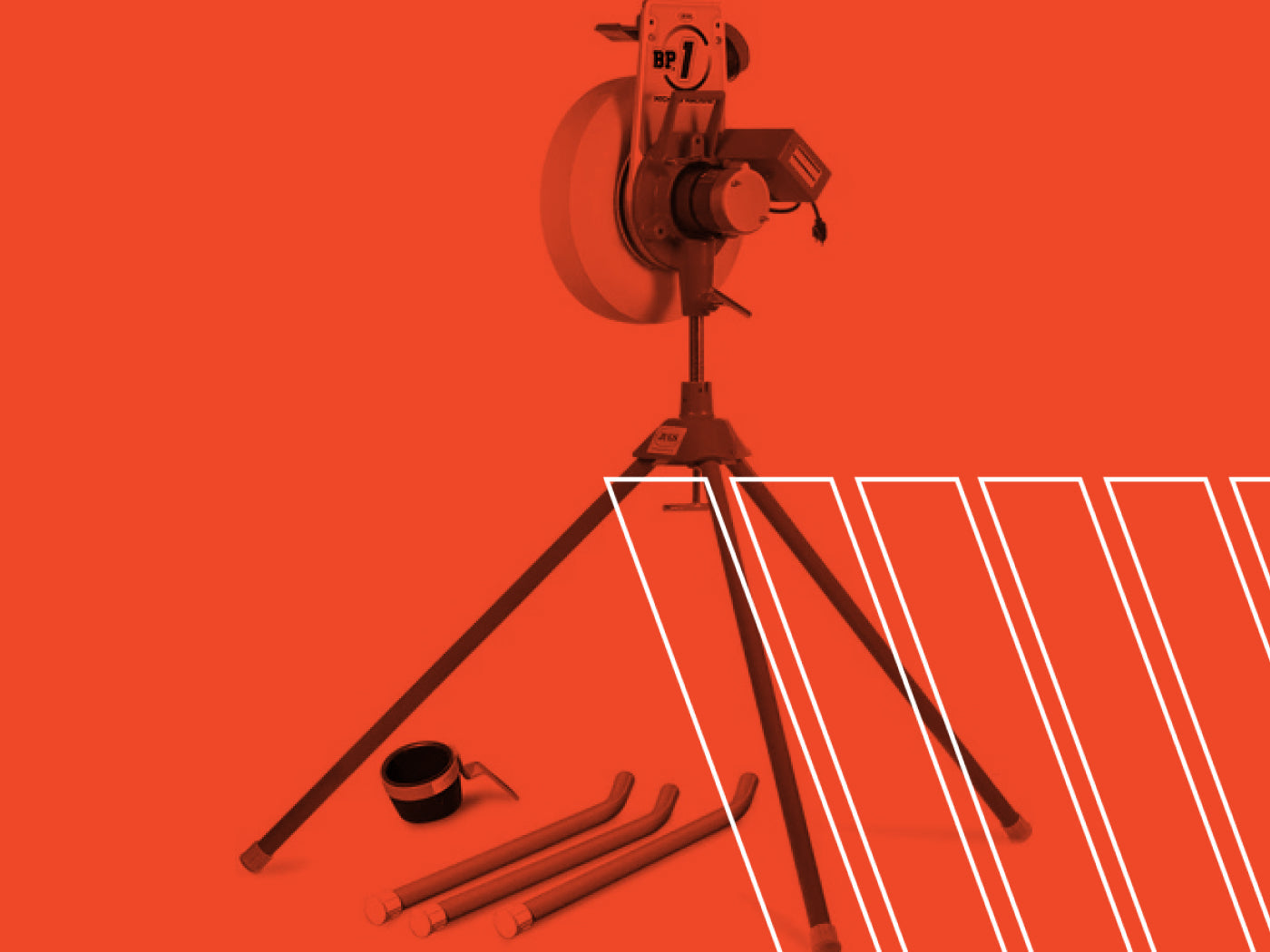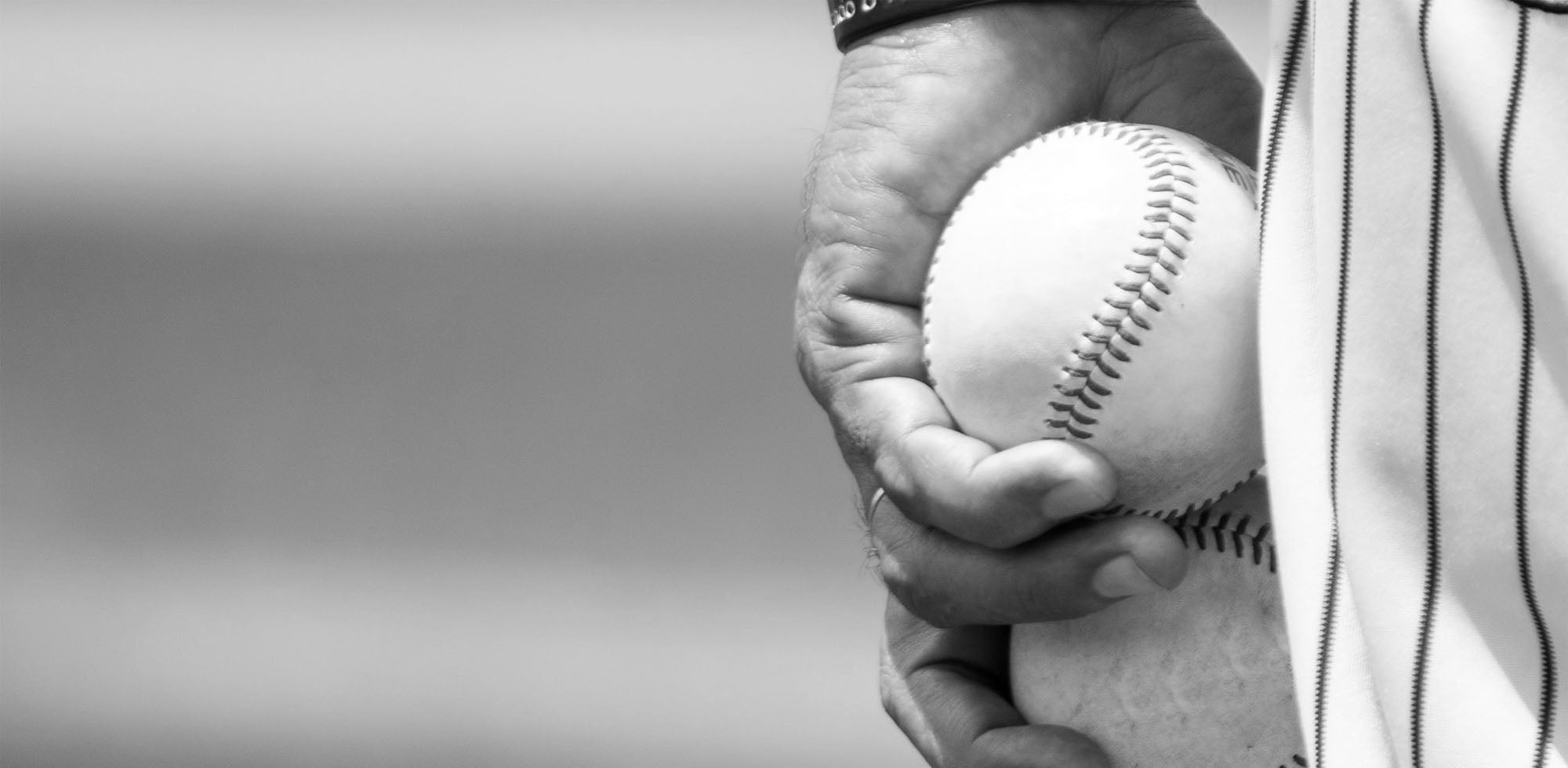Effective batting practice is crucial for baseball and softball players looking to improve their hitting skills and excel on the field. One of the most valuable tools for achieving this is a pitching machine. However, simply using a pitching machine is not enough - to get the most out of your practice sessions, it's essential to customize your machine's settings to simulate game-like situations and challenge yourself as a hitter . By adjusting pitch speed, type, movement, location, and timing, you can create a dynamic and realistic batting practice experience that will help you develop your skills and prepare for in-game scenarios .
This guide aims to provide you with a comprehensive overview of how to customize your pitching machine for optimal batting practice. We'll cover the key aspects of machine setup, including adjusting pitch speed, customizing pitch type and movement, varying pitch location and height, and optimizing ball feed and timing. By following the tips and techniques outlined in this guide, you'll be able to create challenging and effective batting practice sessions that will help you take your hitting game to the next level.
Adjusting Pitch Speed
One of the most critical aspects of effective batting practice is learning to hit pitches at different speeds. In a game situation, you'll face pitchers who throw at various velocities, from slow off-speed pitches to high-speed fastballs . To prepare for this, it's essential to practice hitting pitches at different speeds during your training sessions . By adjusting the speed settings on your pitching machine, you can simulate the range of velocities you'll encounter in a game and develop your ability to time and hit pitches at different speeds.

How to adjust the speed settings on your pitching machine
The process for adjusting pitch speed may vary depending on the specific pitching machine you're using. However, most machines will have a control panel or dials that allow you to change the speed settings. Consult your machine's manual for specific instructions on how to adjust the speed. As a general rule, you'll want to start with slower speeds and gradually increase the velocity as you become more comfortable and confident hitting at each level.
Tips for gradually increasing speed as you improve
When adjusting pitch speeds, it's important to do so gradually and systematically . Start with a speed that allows you to make solid contact consistently, even if it feels relatively slow . As you improve your timing and technique, slowly increase the speed in small increments . This approach allows your body and mind to adapt to the faster pitches without becoming overwhelmed or developing bad habits. Be patient with the process and focus on maintaining proper form and technique as you work your way up to higher velocities. Purchase an arm style pitching machine if that is what you are looking for.
Customizing Pitch Type and Movement
In addition to varying pitch speeds, it's crucial to practice hitting different types of pitches during your batting practice sessions . Pitchers will throw a variety of pitches, including fastballs, curveballs, sliders, and changeups, each with its own unique movement and spin . By customizing your pitching machine to simulate these different pitch types, you can develop your ability to recognize and hit various pitches, preparing you for the challenges you'll face in a game situation. In case you are wondering which pitching machine brand to buy, we have done the hard work for you by reviewing all the good ones.

Adjusting settings for fastballs, curveballs, sliders, etc.
Most advanced pitching machines offer settings that allow you to simulate different pitch types. These settings typically involve adjusting the machine's wheel speeds, angles, and orientations to create the desired pitch movement. For example, to throw a curveball, you might adjust the machine's wheels to spin at different speeds, creating the characteristic top-to-bottom break. Consult your machine's manual or experiment with different settings to find the right combinations for each pitch type you want to practice. Read our extensive overview of how fast a pitching machine can go to learn more.
Creating realistic pitch movement and spin
To get the most out of your batting practice, it's important to ensure that the pitches your machine throws closely mimic the movement and spin of real pitches thrown by a human pitcher . Pay attention to the details of each pitch type, such as the direction and sharpness of the break, the amount of spin, and the overall trajectory . Fine-tune your machine's settings until the pitches look and feel realistic. This attention to detail will help you develop your pitch recognition skills and prepare you for the challenges of facing live pitching.
Interested in learning about the origin of pitching machines and their invention?
Varying Pitch Location and Height
Another essential aspect of effective batting practice is learning to hit pitches in different locations within the strike zone . Pitchers will try to exploit your weaknesses by throwing pitches in various spots, so it's crucial to practice covering the entire plate . Most pitching machines allow you to adjust the pitch location and height, enabling you to simulate pitches in different parts of the strike zone. You can also purchase protective softball pitching screens
Adjusting pitch height settings for high and low strikes
To practice hitting high and low strikes, you'll need to adjust your machine's pitch height settings. This is typically done using a micro-adjustment knob or lever that controls the machine's release point. By raising or lowering the release point, you can simulate pitches that cross the plate at different heights, from knee-high strikes to pitches at the top of the zone . Practice hitting pitches at various heights to develop your ability to cover the entire vertical strike zone.
Simulating pitches on the inside and outside corners
In addition to varying pitch height, it's important to practice hitting pitches on the inside and outside corners of the plate . Pitchers often try to paint the corners with their pitches, so being able to handle these locations is crucial for success . Adjust your machine's settings to throw pitches that cross the plate on the inside and outside edges, and work on hitting these pitches consistently. By mastering pitches on the corners, you'll be better prepared to handle tough pitches in game situations.
Optimizing Ball Feed and Timing
The pace of your batting practice is another important factor to consider when customizing your pitching machine. By adjusting the ball feed intervals, you can control how quickly pitches are delivered, allowing you to practice at a pace that suits your needs. Some machines have preset intervals, while others allow you to manually adjust the time between pitches. Experiment with different feed intervals to find a pace that challenges you while still allowing you to maintain proper form and technique.
Randomizing feed times to improve reaction and timing
In a game situation, pitchers will vary the time between pitches, sometimes working quickly and other times taking more time between deliveries. To simulate this variability and improve your reaction time, consider randomizing the ball feed intervals on your pitching machine. Many machines have a randomization setting that varies the time between pitches, helping you develop your ability to adjust and react to different pitch rhythms. By practicing with randomized feed times, you'll be better prepared to handle the unpredictable pace of a live game.
Coordinating ball feed with pitch type and location
Finally, consider coordinating the ball feed intervals with the pitch type and location settings on your machine. For example, you might set the machine to deliver a fastball on the inside corner, followed by a slower curveball low and away, with varying time intervals between each pitch. This type of customized practice helps simulate the challenges of facing a live pitcher who mixes speeds, pitch types, and locations . By coordinating these elements, you can create a more realistic and challenging batting practice experience that will help you excel in game situations.
Popular Add-Ons For Enhanced Pitching Machine Training
Improve your pitching machine training with popular add-ons that boost performance and safety. Extended timing chutes ensure precise pitch intervals, while extended leg kits and fungo leg kits offer height and angle adjustments. Ball feeders provide consistent pitches, and transport kits make setup easy. These add-ons create a more dynamic and effective training experience.
Extended Timing Chutes
Extended timing chutes are an essential accessory for any serious hitter using a pitching machine. Most pitching machines only allow around 0.5 seconds from ball feed to pitch release, making it extremely difficult to properly time the pitch. An extended timing chute gives hitters up to 1.5 seconds of visible ball flight, allowing them to pick up the ball's rotation and trajectory just like they would from a live pitcher's delivery.

The extended chute replicates the timing window and visual cues that a batter experiences during a real at-bat. This enables hitters to load their swing properly, stay back, and drive the ball with authority instead of being forced to cheat or guess at pitches 19. Quality timing chutes are made from durable steel construction to withstand repeated impacts from batted balls .
Hitting instructors rave about the improved pitch recognition, confidence, and situational awareness that extended timing chutes provide their students. By better simulating real pitching mechanics, these chutes are a game-changing upgrade over standard pitching machine operation.
Extended Leg Kits
One limitation of pitching machines is their typical release point being around belly-button height, much lower than an actual pitcher's delivery. Extended leg kits raise the release point to a more realistic over-the-top angle, some kits going as high as 73 inches.

The higher release point forces hitters to pick up pitch trajectory and spin in a way that cannot be replicated by conventional low-release machines. This prepares them for the downward plane and perception challenges they'll face against live pitching . Hitting coaches consider extended legs a crucial upgrade for serious players working to take their skills to the next level.
In addition to more realistic optics, extended legs also create a truer vertical angle into the hitting zone. This downward tilt mimics the natural trajectory and differential gravity effects that balls encounter when released from a pitcher's hand .
Ball Feeders
Ball feeders enable batting practice to flow continuously without requiring someone to hand-feed balls into the pitching machine . This allows coaches to focus solely on instruction instead of having to pitch, maximizing the efficiency and productivity of team practices.

For individual hitters, ball feeders make it possible to get quality reps on their own time without needing a practice partner. Feeders hold anywhere from 15 to 150 balls and can be programmed to release at fixed or randomized intervals between 6-12 seconds. We also have a specific programmable pitching machine collection for you to shop from.
Higher-end feeders come with wireless remotes to control the feed and may include agitators or ribbed belts to prevent ball jams . Feeders attaching directly to the pitching machine frame are extremely portable, while larger models mount on tripods for stability during continuous use .
Overall, ball feeders are a huge convenience that allow hitters to work on timing, pitch recognition, situational hitting, and racking up repetitions without interruption.
Fungo Leg Kits
Fungo leg kits are a versatile addition that transform a pitching machine into a comprehensive training tool for infielders and outfielders . By lowering the release point down to ground level, the machine can simulate live batted balls for fielding practice.

With the regular legs removed and fungo legs installed, coaches can position the machine to hit grounders, line drives, pop flies, and more from multiple angles . Defensive players get realistic reps reading spin, trajectories, and hop patterns off the simulated "fungo" just like they would from a coach hitting balls .
Some fungo kits even include wheels for enhanced mobility when moving the machine around the field . This allows setting up drills to field balls from any spot on the diamond .
For teams wanting to maximize their practice time and resources, fungo leg kits are a huge asset. They provide an efficient way to integrate pitching and fielding practice into one session with one piece of equipment.
Transport Kits
While pitching machines are highly specialized pieces of training equipment, they often need to be moved around facilities and fields. Transport kits make this process much easier by adding large wheels and allowing the machine to be rolled instead of carried.

For coaches running team practices, transport wheels enable them to quickly relocate a pitching machine between stations for efficient drill transitions . At fields without permanent batting cages, the wheels allow machines to be rolled out and put into place as needed .
Even for individual use, transport kits offer huge convenience compared to having to lift and load a bulky pitching machine into/out of vehicles before/after each session . The integrated wheels and mobility make it far more practical to take advantage of available practice time at multiple locations.
From a protective standpoint, wheels also prevent throwing heads from potentially getting damaged by inadvertent drops or impacts during relocation . Overall, transport kits are an affordable add-on that greatly increases the flexibility and longevity of any pitching machine.
CONCLUSION
Customizing a pitching machine can revolutionize baseball training by providing tailored practice sessions that address specific needs and goals. By exploring and investing in the appropriate add-ons, players and coaches can significantly enhance the effectiveness of their training routines. Explore our range of pitching machines and customization options to find the perfect fit for your training needs. For personalized advice and recommendations, don't hesitate to contact our team of experts. And don't forget to incorporate safe practice with baseball L-screens and batting helmets!
Q: What are the benefits of using Jugs Sports Coach accessories for softball players?
A: Jugs Sports Coach accessories are designed to elevate your training sessions by providing high-quality training aids such as weighted balls, batting tees, and player's gloves. These accessories can help players of all levels improve their skills and performance on the field.
Q: How can Jugs Sports Coach accessories help improve my pitching game?
A: Jugs Sports Coach accessories offer a range of products like smart coach radar, training balls, and wood bats that can assist in enhancing your pitching techniques. By using these cutting-edge tools, you can refine your pitching skills and increase your accuracy and speed on the mound.
Q: What makes Jugs Sports Coach accessories durable and long-lasting for players?
A: Jugs Sports Coach accessories are known for their durability and quality construction. The materials used in their products, such as the netting, tee, and weighted balls, are designed to withstand repeated use during intense training sessions, ensuring that players can rely on them for an extended period.
Q: Are Jugs Sports Coach accessories suitable for players in all age groups, including little league athletes?
A: Yes, Jugs Sports Coach accessories cater to players of all levels, including young athletes in little league. With a focus on enhancing training for players of varying skill levels, these accessories are suitable for anyone looking to elevate their performance on the field.
Q: Which specific accessories from Jugs Sports Coach can enhance a player's batting performance?
A: Accessories like batting tees, real baseballs, and swing trainers from Jugs Sports Coach are designed to improve a player's batting skills. These tools can help players develop proper techniques, increase their power at the plate, and improve their overall performance during a baseball game.
Q: How do Jugs Sports Coach accessories compare to other brands like Louisville Slugger in terms of quality and performance?
A: Jugs Sports Coach accessories are known for their high-quality and cutting-edge design, offering players a competitive advantage in their training sessions. While brands like Louisville Slugger may have their specialties, Jugs Sports Coach accessories excel in providing players with top-of-the-line training aids and tools.
Q: Can Jugs Sports Coach accessories help coaches in conducting effective training sessions?
A: Yes, Jugs Sports Coach accessories are designed not only for players but also for coaches. Coaches can benefit from using tools like the Swax ball, little league bat, and player's glove to create dynamic training sessions that cater to the specific needs of their team, enhancing overall player development.

 Contact Us
Contact Us